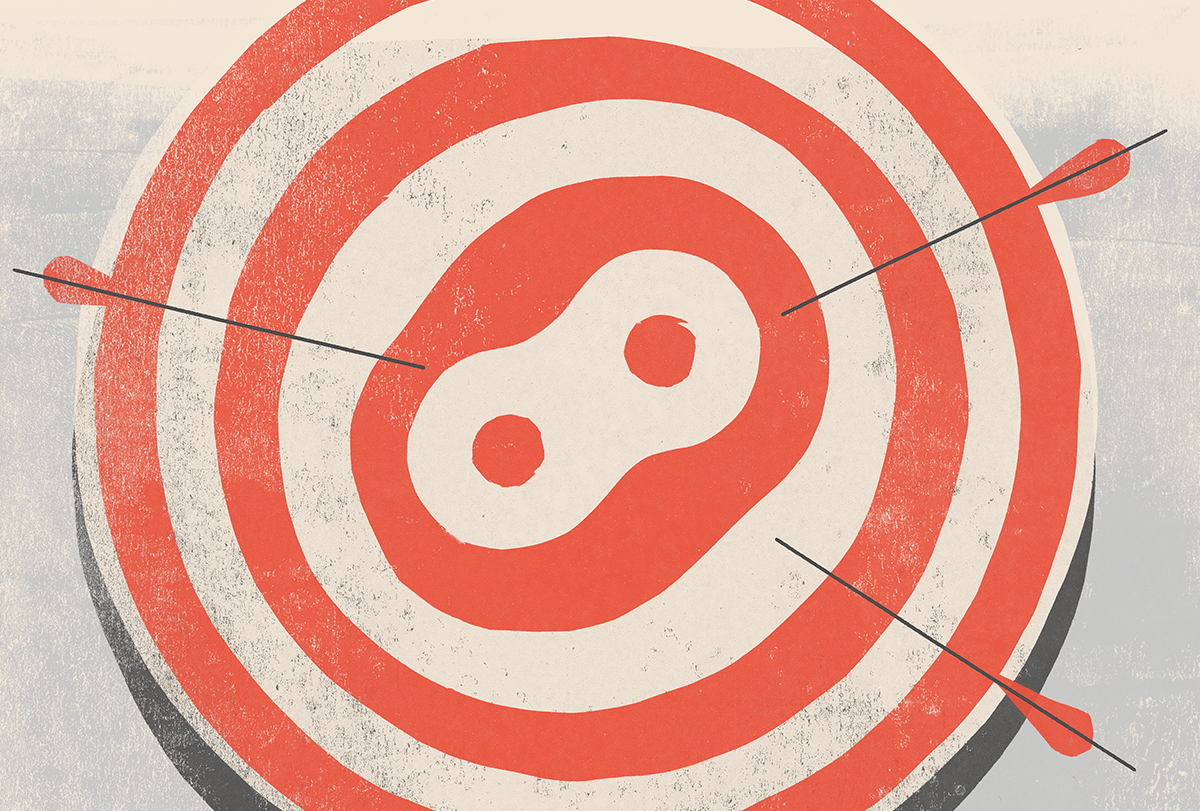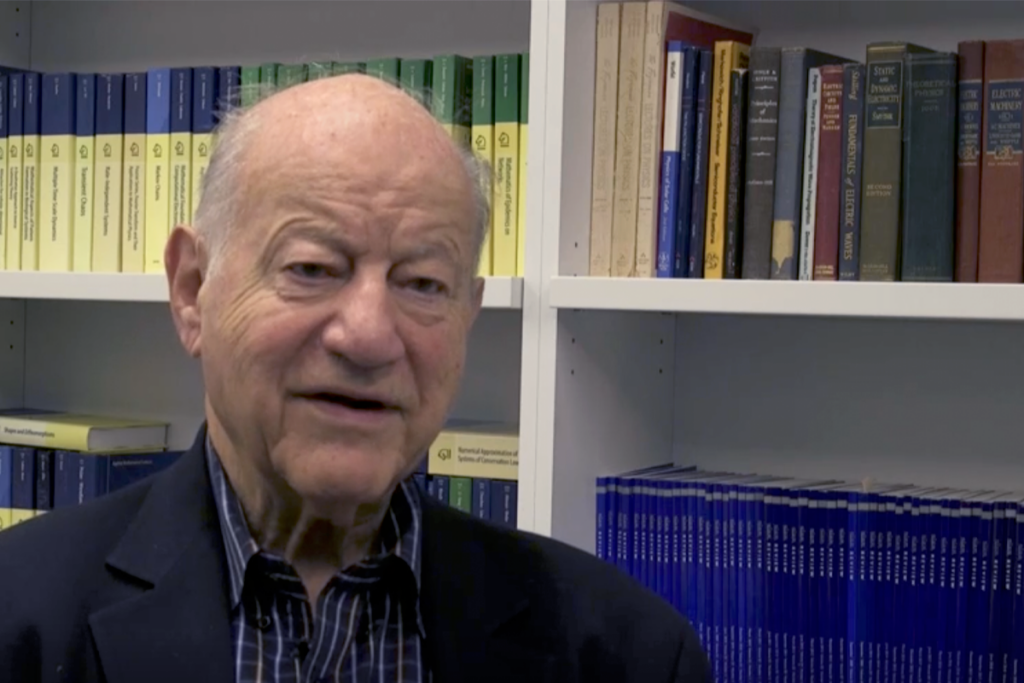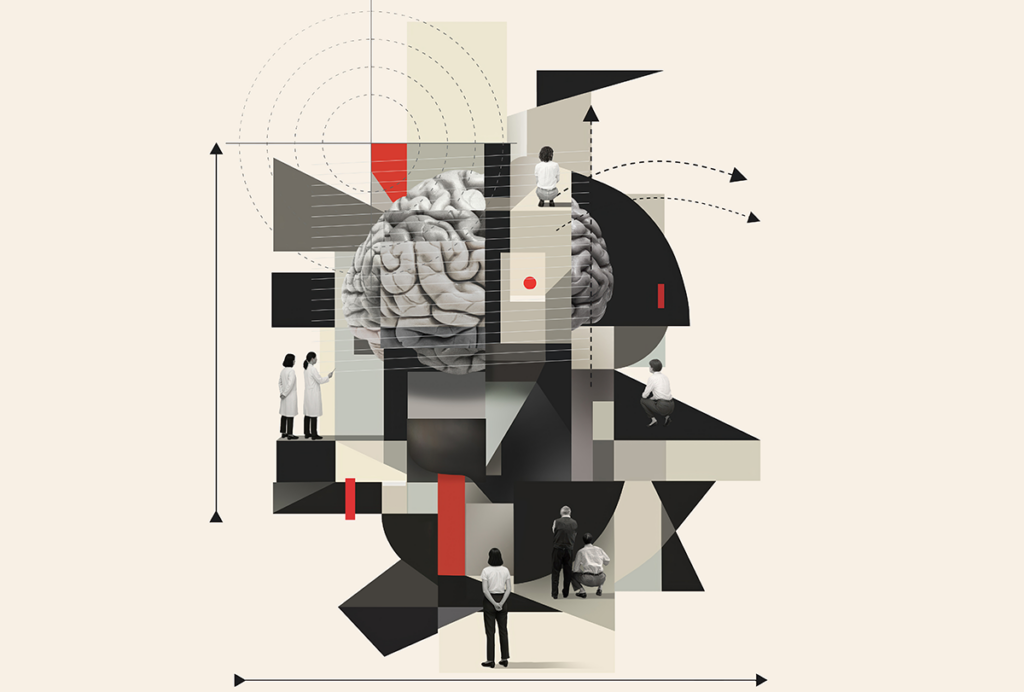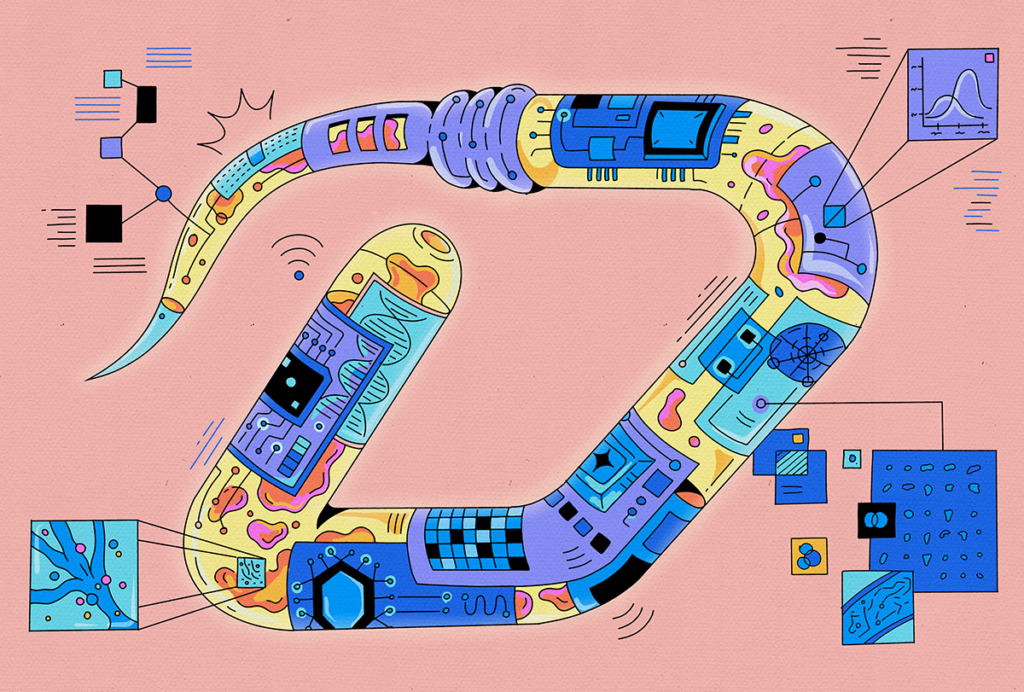“One [priority] is the ability to use neuroscience approaches to understand naturalistic behavior. We studied the simple behavior because we had to. Now, it’s possible to ask the questions we always wanted to. Since hundreds of years ago, we wondered how animals do what they do over their lifetime. We can observe long-term learning and developments with cameras. That’s happening more. I can’t imagine it slowing down.”
—Bing Wen Brunton, professor of biology, University of Washington
“The field must progress toward more precise recording of brain function and behavior in the natural ecological niches of different species while comprehensively capturing their diverse sensory experiences during exploration and interaction with their natural environments. Using the wealth of data generated from this effort, we should strive to develop computational models that can accurately mimic animal behavior while closely capturing the sensorimotor processes in their brains. This effort should span across species, aiming to uncover both shared principles and species-specific adaptations. The main technical challenges lie in recording technologies, especially in natural settings where animals exhibit a much wider range of behaviors. Moreover, although there has been great success in AI developing large models trained on gigantic datasets, we still need to translate that knowledge to neuroscience.”
—Shahab Bakhtiari, assistant professor of psychology, University of Montreal
“For the first time, humanity faces the possibility of encountering more intelligent complex systems that may threaten its survival. Neuroscience can lead the efforts for understanding how cognitive processes emerge in the brain and in artificial systems, guiding AI models toward the safest artificial cognition possible. But in order to get there, we need methods to create explanatory models of cognition emerging from neurons’ computation, surpassing the correlational methods and studies spread across the field.”
—Ignacio Castillejo, doctoral student, Autonomous University of Madrid
“I’d like to see intermediate models. It’s great to have the mouse, but monkeys are difficult; it sounds silly but I think ferrets would be great. They have complex behaviors and their brain structure is more complex than a mouse. It’s important to realize that behaviors in animals are very subjective. We can say a mouse is depressed or has learned something. But we don’t know that they really learn or feel depressed because we cannot communicate directly with them. Ultimately these are interpretations and we should be mindful of that. I hope in the future, we will be mindful of what we need to use the mouse for or what to do in vitro for humans or in these prospective intermediate systems.”
—Benjamin Deneen, professor and Dr. Russell J. and Marian K. Blattner Chair, Baylor College of Medicine
“Linking neural circuit architecture and function to the mechanics of the body and its interaction with the world.”
—Bradley Dickerson, assistant professor of neuroscience, Princeton University
“Basic, non-translational neuroscience and, in particular, fundamental simplistic and reductionist models. Historically, this has been the field that offered the greatest return on investment, the highest success rate and still is the most likely to make progress. The biggest obstacle is conceptual and political and has to do with a translational and applied drive linked to funding sources. Technically, we are penalizing the field by setting unrealistic targets and ridiculously ambitious goals, and shifting priorities and resources toward unattainable targets. The field should return to being ambitiously realistic.”
—Giorgio Gilestro, reader in systems neurobiology, Imperial College London
“Multi-scale modeling approaches that make testable predictions across levels/methods.”
—Avram Holmes, associate professor of psychiatry, Rutgers University
“Principles of dynamic brain network interactions. Technical challenges include long-term dynamic recordings from across the brain while participants/animals engage in cognitive behaviors, and the analysis of such large and complex datasets. The conceptual challenges include having the framework to approach such experiments. Current frameworks are based on reductionist paradigms cobbled together to study large-scale networks, while falling woefully short of meeting such a challenge.”
—Ben Huang, assistant professor of neuroscience, Weill Cornell Medicine
“We need to secure the possibility to just do basic discovery research without a view of translating everything. I guess in neuroscience there are increasing numbers of voices asking us to work on clinically relevant projects or projects that are relevant for humans broadly. And I think that’s a mistake. So, we need to make sure that there are dedicated funding streams available to discover principles in nervous systems broadly, not just in mice, not just in humans, but in all sorts of model systems.”
—Johannes Kohl, group leader, Francis Crick Institute
“Enable bottom-up neuroscience. Structure to function. The main challenge is the belief that neuroscience is on the right path.”
—Konrad Körding, Penn Integrated Knowledge Professor, University of Pennsylvania
“I think we kind of lose [sight of the] fact that our brains function in the context of our bodies, in the context of our social interaction with one another, and if we extract from that to try and simplify it, then we may miss important features of how brain function evolves, but also how different kinds of clinical disorders either manifest or don’t manifest because of the way the social environment might support somebody.”
—Randy McIntosh, director, Institute for Neuroscience and Neurotechnology, Simon Fraser University
“We still don’t understand well enough at the circuit level how information is processed in the brain. At the cellular level, we have a century of work. At the behavior level, also a century. At the circuit level, we only just got large-scale readout a decade ago.”
—Drew Robson, research group leader, Max Planck Institute for Biological Cybernetics
“For basic neuroscience, I think we will come to understand the action of neuromodulators, the important ones that are targets of psychiatric drugs. We don’t understand how they affect the operation of neural circuits. But in the future, we will work out how they alter neural circuits in vivo, how they act and how we understand them.
—Michael Stryker, professor of physiology, University of California, San Francisco
“The most important part is trying to understand high-dimensional recordings of brain data without losing sight of their complex dynamics. There’s this balancing act between being able to interpret a dataset and describe it in simple terms, while paying heed to the complexity of the dynamics that are represented in the signal. I think that’s what needs to be developed to further our understanding of what we’re looking at.”
—Jan Wessel, Clement T. and Sylvia H. Hanson Family Chair and professor of psychological and brain sciences, University of Iowa






